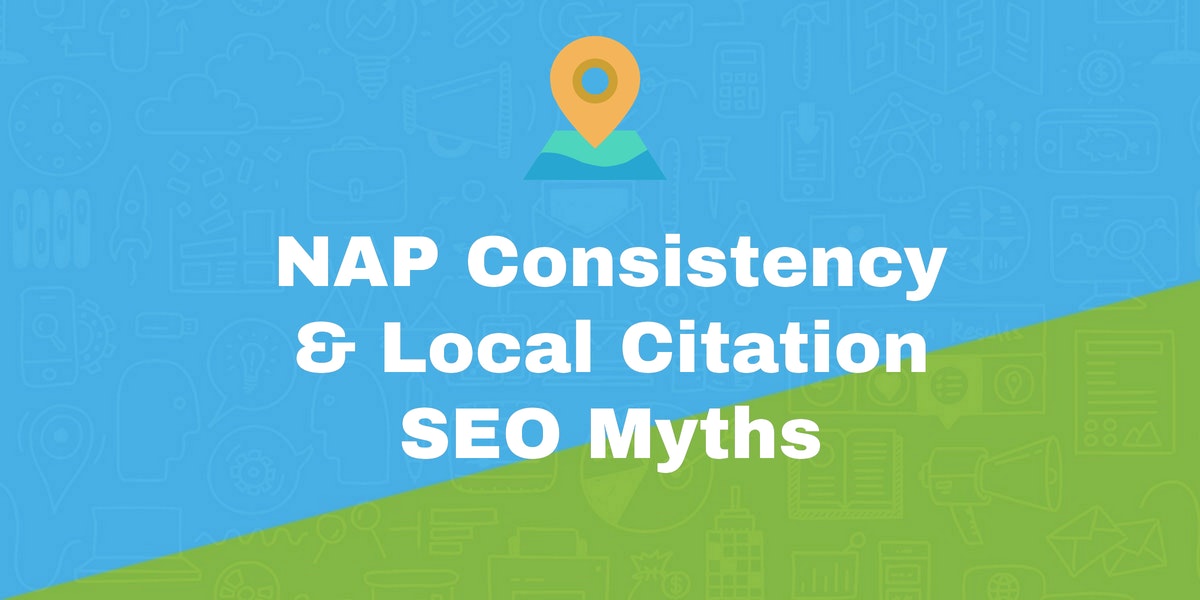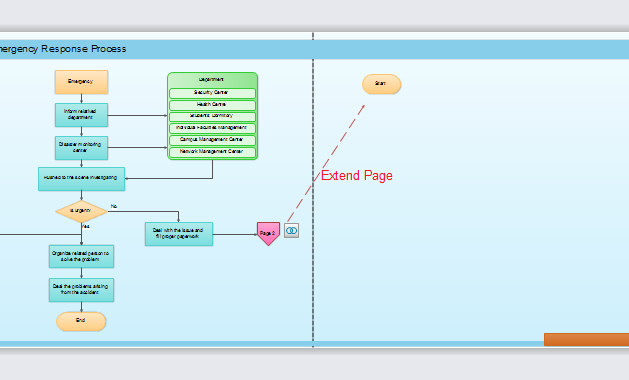
In today’s digital-first world, local visibility is more important than ever. Whether you’re a small business owner or part of a multi-location enterprise, maintaining consistent local citations is a critical component of your online strategy. These citations—online mentions of your business’s name, address, and phone number (NAP)—are not just about appearing in search results; they’re about building trust, credibility, and authority with both search engines and potential customers.
This article will guide you through the importance of local citations, how they impact your SEO performance, and a step-by-step framework for managing them effectively. Whether you’re new to local SEO or looking to refine your approach, this comprehensive guide will help you unlock the full potential of consistent local citations.
What Is Consistent Local Citations and Why It Matters
Consistent local citations refer to the uniform presence of a business’s NAP information across multiple online platforms. This includes directories like Google My Business, Yelp, and Bing Places, as well as unstructured mentions on blogs, news articles, and social media. The key here is consistency: if your business appears on 10 different sites, all of them must have the same name, address, and phone number.
Why does this matter? Search engines like Google use these citations to verify the legitimacy of your business. When they see the same NAP data across trusted sources, it signals that your business is real, reliable, and active in its location. This builds trust, which translates into better rankings in local search results and increased visibility for potential customers.
Moreover, consistent citations also improve the user experience. If someone finds your business on one site but sees conflicting details elsewhere, they may become confused or even choose a competitor. By ensuring accuracy and consistency, you make it easier for customers to find and contact you, ultimately driving more traffic and sales.
How Consistent Local Citations Impact SEO Performance
Local citations are one of the most powerful tools in your local SEO arsenal. Here’s how they influence your search engine performance:
1. Boosts Local Search Rankings
Google and other search engines prioritize businesses that appear consistently across trusted platforms. This helps them determine your relevance and authority for local searches. The more accurate and consistent your citations, the higher your chances of appearing in the “local pack” and organic results.
2. Enhances Trust and Credibility
Citations act as digital endorsements. When your NAP data appears on reputable directories and websites, it signals to both users and search engines that your business is legitimate. This trust can lead to higher click-through rates and improved customer engagement.
3. Improves User Experience
Consistency ensures that customers can easily find your business. If your phone number or address changes, but your citations aren’t updated, it could lead to frustration and lost opportunities. Accurate citations help users reach you without confusion.
4. Supports Voice and AI Search
With the rise of voice assistants and AI-driven search engines, consistent citations are more important than ever. These systems rely heavily on structured data to provide accurate answers. A well-maintained citation profile ensures your business is recognized and recommended in these emerging search formats.
5. Increases Brand Authority
A strong citation profile contributes to your brand’s overall authority. When your business is mentioned across multiple platforms, it reinforces your presence in the local community and strengthens your position as a go-to service provider.
Step-by-Step Implementation Framework
Maintaining consistent local citations requires a strategic approach. Follow this framework to ensure your business stays visible and credible online.
1. Define or Audit the Current Situation
Start by taking stock of where your business is currently listed. Use tools like BrightLocal or Moz Local to scan for existing citations. Identify any inconsistencies in your NAP data, such as variations in spelling, abbreviations, or formatting.
Action Tip: Create a spreadsheet to track all your citations, including the platform, date of listing, and NAP details.
2. Apply Tools, Methods, or Tactics
Once you’ve identified gaps and inconsistencies, take action to correct them. Use citation management tools like Yext or Whitespark to automate the process of updating your listings. These platforms allow you to submit your NAP data to hundreds of directories at once, ensuring consistency across the web.
Action Tip: Focus on high-authority directories first, such as Google My Business, Yelp, and Bing Places. Then expand to niche-specific platforms relevant to your industry.
3. Measure, Analyze, and Optimize
Regularly monitor your citations to ensure they remain accurate and up-to-date. Use analytics tools to track how your citations are performing in terms of visibility and engagement. Look for patterns, such as repeated errors or low-performing directories, and adjust your strategy accordingly.
Action Tip: Set up alerts using tools like Google Alerts or Mention to notify you of any new citations or changes to your existing ones.
Real or Hypothetical Case Study
Let’s look at a hypothetical example of a local bakery, “Sweet Treats Bakery,” located in Austin, Texas.
Before Citations:
– Sweet Treats Bakery had inconsistent NAP data across various directories.
– Some listings showed the address as “123 Main St.” while others used “123 Main Street.”
– Phone numbers were sometimes missing or outdated.
After Citations:
– The bakery standardized its NAP data across all directories.
– They claimed their Google My Business profile and optimized it with photos, descriptions, and keywords.
– They built citations on local directories like Yelp, Citysearch, and Facebook.
Results:
– Within three months, the bakery saw a 40% increase in local search traffic.
– Customer reviews on Google and Yelp improved, leading to a higher rating.
– The bakery was featured in several local blog posts, further boosting its visibility.
This case study highlights the power of consistent local citations in improving visibility, trust, and customer engagement.
Tools and Techniques for Consistent Local Citations
To manage your local citations effectively, consider using the following tools and techniques:
1. Moz Local
Moz Local is a powerful tool for managing and optimizing your local citations. It allows you to submit your NAP data to hundreds of directories, track your progress, and identify inconsistencies.
2. Yext
Yext offers a centralized platform for managing your business listings across the web. It automates the process of updating your NAP data and ensures consistency across all platforms.
3. BrightLocal
BrightLocal provides a suite of tools for local SEO, including citation tracking, review management, and competitive analysis. It helps you monitor your citations and compare your performance against competitors.
4. Whitespark
Whitespark is ideal for small businesses looking to build and maintain local citations. It offers a simple interface for submitting your NAP data to directories and checking for inconsistencies.
5. Google My Business
Google My Business is essential for any local business. It allows you to claim and optimize your listing, add photos, and respond to reviews. Make sure your NAP data is accurate and up-to-date.
6. SurveyMonkey
While not a citation tool per se, SurveyMonkey can be used to gather feedback from customers and identify areas for improvement. Positive reviews can boost your local rankings and enhance your online reputation.
Future Trends and AI Implications
As AI and voice search continue to evolve, the importance of consistent local citations will only grow. Search engines are becoming more sophisticated in how they interpret and present local results, and accurate citations are a key factor in this process.
1. AI-Powered Search Engines
AI models like Google’s SGE (Search Generative Experience) and other language models rely heavily on structured data to provide accurate answers. Consistent citations ensure that your business is recognized and included in these responses.
2. Voice Search Optimization
With the rise of smart speakers and voice assistants, users are increasingly searching for local businesses using natural language queries. Ensuring that your NAP data is consistent and accurate will help your business appear in these searches.
3. Multimodal Search
As search engines incorporate images, videos, and other media into their results, having a strong citation profile will help your business stand out in these formats. Ensure that your listings include high-quality visuals and accurate descriptions.
4. Data Privacy and Security
With increasing focus on data privacy, businesses must ensure that their citations comply with regulations like GDPR and CCPA. This includes being transparent about how customer data is collected and used.
Key Takeaways
- Consistent local citations are essential for building trust, credibility, and visibility in local search results.
- NAP consistency is the foundation of effective local SEO. Ensure that your business name, address, and phone number are identical across all platforms.
- Use tools like Moz Local, Yext, and BrightLocal to manage and optimize your citations.
- Monitor and update your citations regularly to ensure accuracy and relevance.
- Focus on quality over quantity when building citations. High-authority directories have a greater impact on your local SEO performance.
- Stay ahead of trends by adapting to AI, voice search, and multimodal search environments.
By implementing these strategies, you’ll not only improve your local search rankings but also create a stronger online presence that attracts more customers and drives growth.
Meta Title: How to Maintain Consistent Local Citations for Better Business Visibility
Meta Description: Learn how to maintain consistent local citations to boost your business visibility, trust, and SEO performance.
SEO Tags: local citations, NAP consistency, local SEO, business visibility, citation management
Internal Link Suggestions:
– [Parameter #1: Search Intent Alignment]
– [Parameter #3: Topical Depth & Relevance]
– [Parameter #13: Evergreen & Fresh Balance]
External Source Suggestions:
– https://www.brightlocal.com/
– https://www.moz.com/local-search-ranking-factors
– https://www.yext.com/









